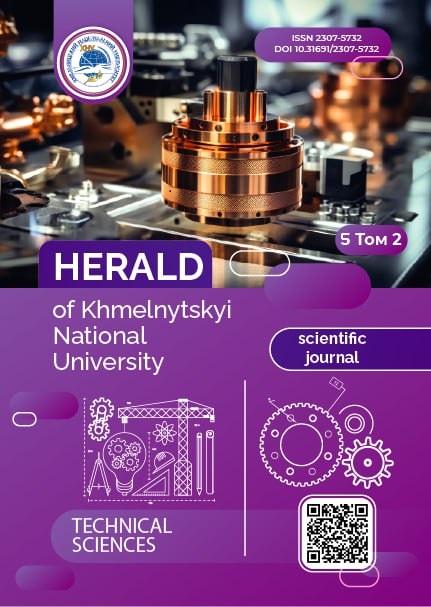A REAL-TIME OBJECT RECOGNITION METHOD FOR UNMANNED AERIAL VEHICLES IN INVESTIGATIVE AND SEARCH OPERATIONS
DOI:
https://doi.org/10.31891/2307-5732-2025-357-71Keywords:
UAV, real-time object detection, YOLO, computer vision, aerial surveillance, AI-based recognition, search and rescueAbstract
The rapid integration of unmanned aerial vehicles (UAVs) into civil, defense, and emergency response sectors has fundamentally transformed data collection and analysis methodologies in time-critical scenarios. UAVs have become indispensable tools in missions where human access is restricted, dangerous, or logistically challenging. Their capacity to capture high-resolution real-time aerial imagery makes them vital assets in search-and-rescue operations, post-disaster damage assessments, criminal investigations, and surveillance monitoring.
This research addresses the fundamental challenge of implementing efficient real-time object detection and recognition systems that operate with minimal human intervention while accommodating the inherent computational limitations of onboard UAV hardware. This study proposes an innovative approach leveraging external computational resources by transmitting UAV video feeds to ground-based processing systems where advanced YOLOv8 neural network models perform sophisticated real-time object detection and classification. The YOLOv8 architecture represents an optimal balance between processing speed and detection accuracy. This methodology significantly enhances recognition capabilities without requiring modifications to existing UAV hardware configurations, ensuring broad compatibility and cost-effectiveness. The system demonstrates remarkable performance metrics: preprocessing time averaging 22.5 ms, inference time of 5.5 ms, and visualization rendering within 3 ms per frame.
Multiple specialized datasets were utilized, including Top-View Drone Car Detection Dataset and YOLO HighVis Person Detection Dataset, ensuring robust multi-class object recognition capabilities. Experimental results conclusively confirm the technical and practical feasibility of seamlessly integrating AI-based detection systems into existing UAV monitoring infrastructures, achieving stable operation with accuracy fluctuations not exceeding 1% at 5m, 10% at 50m, and 35% at 100+ meters, thereby significantly enhancing the capabilities and effectiveness of future autonomous aerial surveillance platforms.
Downloads
Published
Issue
Section
License
Copyright (c) 2025 ІВАН ОЛІЙНИК, ЕДУАРД МАНЗЮК, ОЛЕКСАНДР ПАСІЧНИК, ТЕТЯНА СКРИПНИК (Автор)

This work is licensed under a Creative Commons Attribution 4.0 International License.

